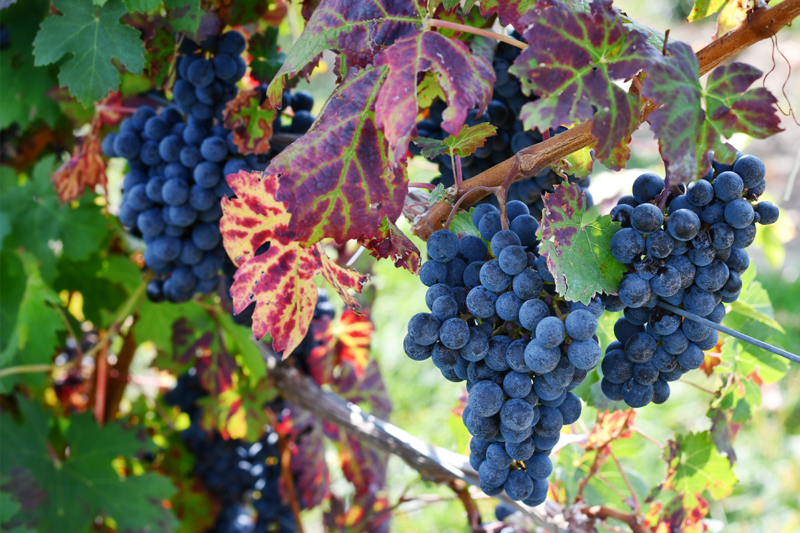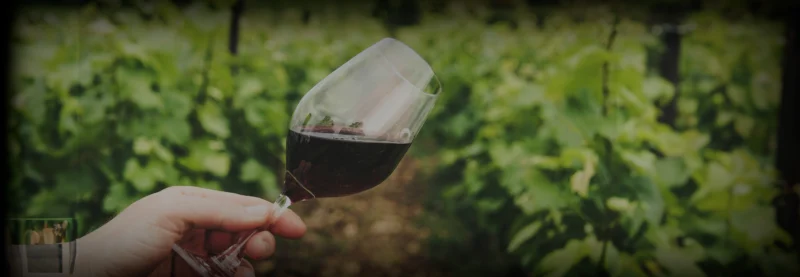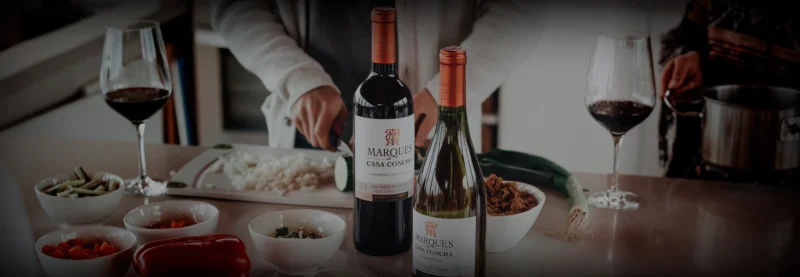Did you know that Cabernet Sauvignon is the most widely planted grape variety on the planet?
The Cabernet Sauvignon variety is the result of a cross between Cabernet Franc and Sauvignon Blanc, which produced thick-skinned, late-ripening grapes with powerful tannins and delicious acidity and that are relatively easy to cultivate. It therefore comes as no surprise that Cabernet is often featured in the production of fine wines.
Cabernet Sauvignon is particularly famous among the wines of Bordeaux as well as southern France, Tuscany in Italy, and in New World countries, including Chile and its celebrated Maipo Valley. It adapts well to many different soil types, climates, and styles, as discussed below.
Cabernet Sauvignon in the Old and New Worlds
Among Old World producing countries, Cabernet Sauvignon is important in Bordeaux blends as well as in the Super Tuscan wines from the Italian DOC Bolgheri. The variety stands out in this part of the world for its big-bodied and complex wines designed for aging. Their aromas include black fruits such as cherries and cassis as well as notes of herbs, tobacco, graphite, black pepper, and characteristics from its oak aging such as vanilla. Old World Cabernets tend to be lighter and have less alcohol and stronger tannins than those of the New World.
New World Cabernets, on the other hand, are often used in monovarietal wines as well as in blends. They tend to be a little fruitier than Old World Cabs, with notes of cherries, plums, blueberries, blackberries, and black pepper and tannins that are rounder and silkier. California became famous for its Cabernets in 1976, when French judges in a blind tasting chose a wine from the US over one from Bordeaux. In Chile, the Cabernets from the Maipo and Aconcagua Valleys are very highly regarded.

Cold Climate or Warm?
When Cabernet Sauvignon is grown in cooler climates, as is the case in the Old World and coastal and high-altitude sectors of the New World, there are times that the fruit is not able to ripen enough to develop greater fruitiness and soften the tannins. In this case, the wines have more astringent tannins and herbal aromas from the pyrazines, much higher acidity, and lower alcohol. On the other hand, the variety ripens much more in warmer climates, which results in a loss of acidity, fruitier aromas, bigger body, rounder tannins, and higher alcohol levels.
The 2018 Marqués de Casa Concha Cabernet Sauvignon comes from the coolest sector of the Maipo Valley, which delivers the characteristics of a warm-climate Cabernet with a bit of freshness. The result is a wine with a tremendous concentration of flavors and firm-but-silky tannins, very good acidity, and 14.6% alcohol.
Young or Aged?
So-called “young wines” are those that are aged only briefly in oak so that what predominates is their fruity character. These wines are intended to be consumed quickly, within two years of their release to market. In the case of Cabernet Sauvignon and its considerable tannic load, the wine ages very well, although that is not to say that all Cabernets are meant to be cellared. There are options for all tastes and pockets.
Young Cabernet Sauvignons often show more astringent tannins, intense herbal aromas, and notes of black fruits. A wine made for aging, however, is best consumed after longer cellaring. The Marqués de Casa Concha Etiqueta Negra, for example, reaches its optimal state after about four years and will offer complex aromas of leather, tobacco, and nuts as well as silky tannins and a much-better balanced finish than a young wine.




